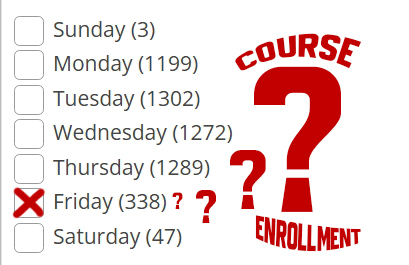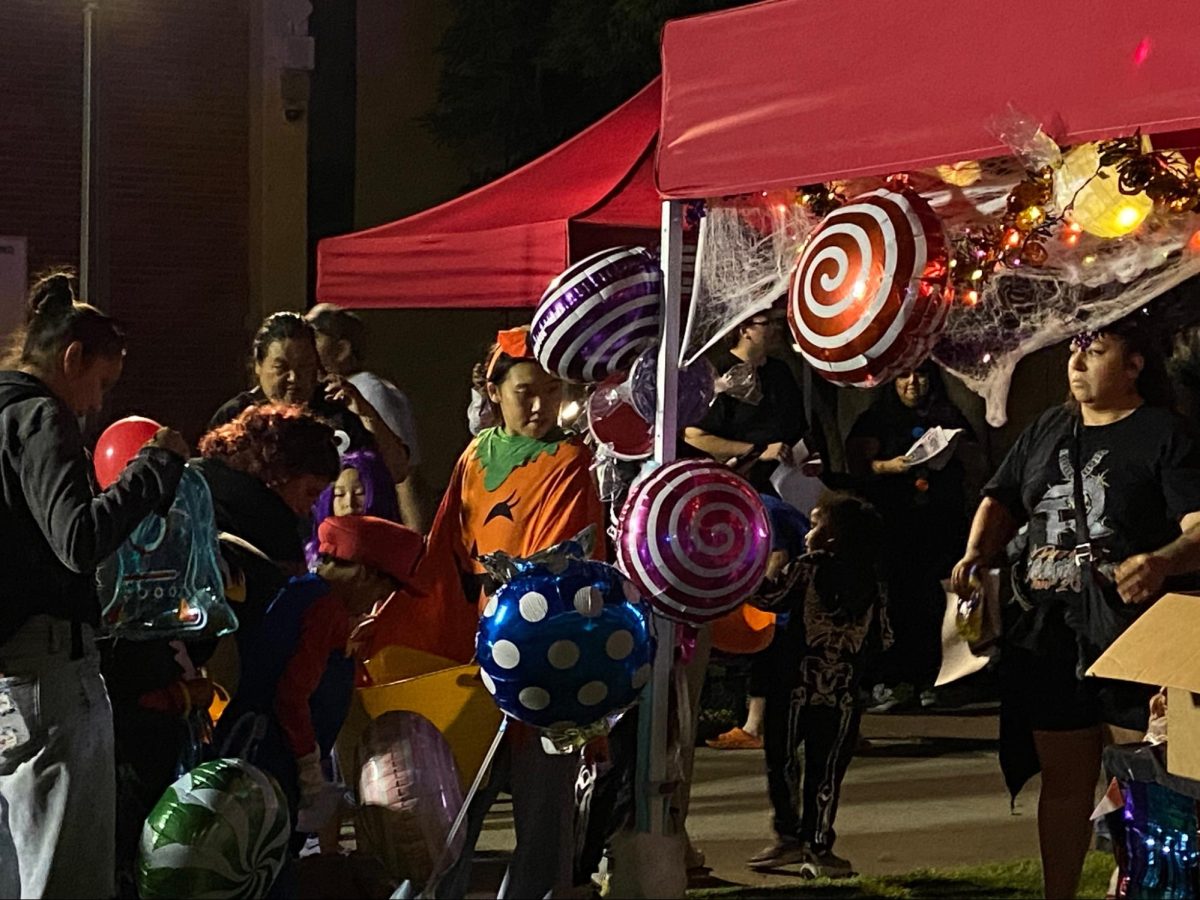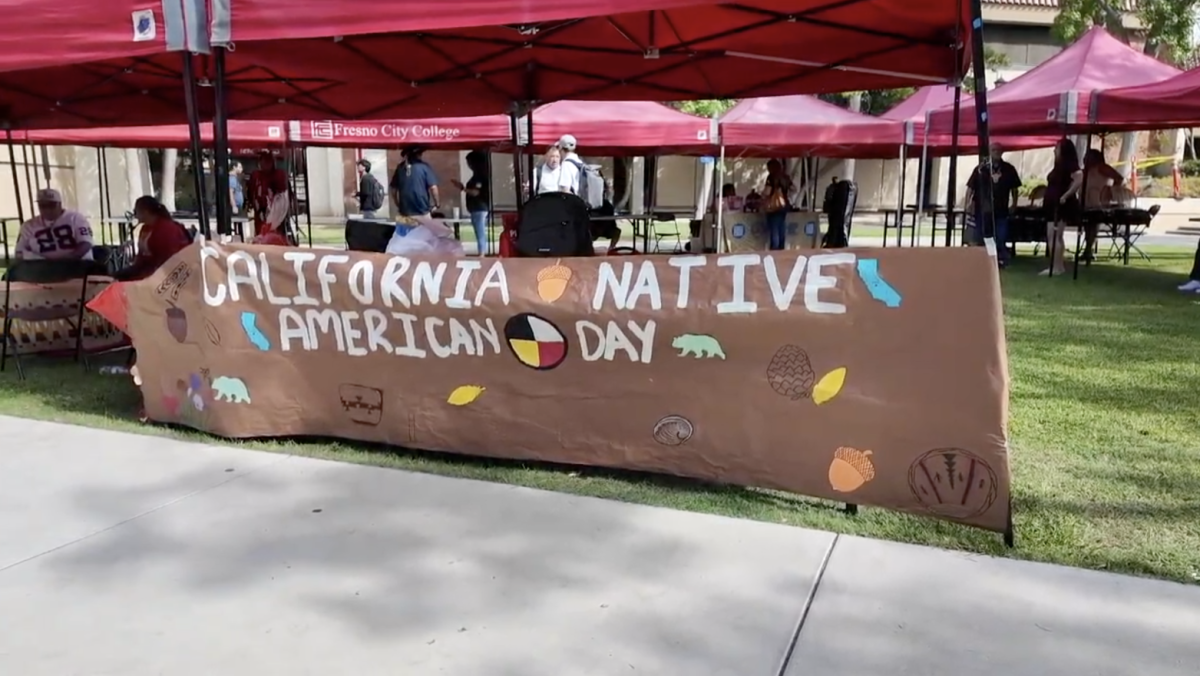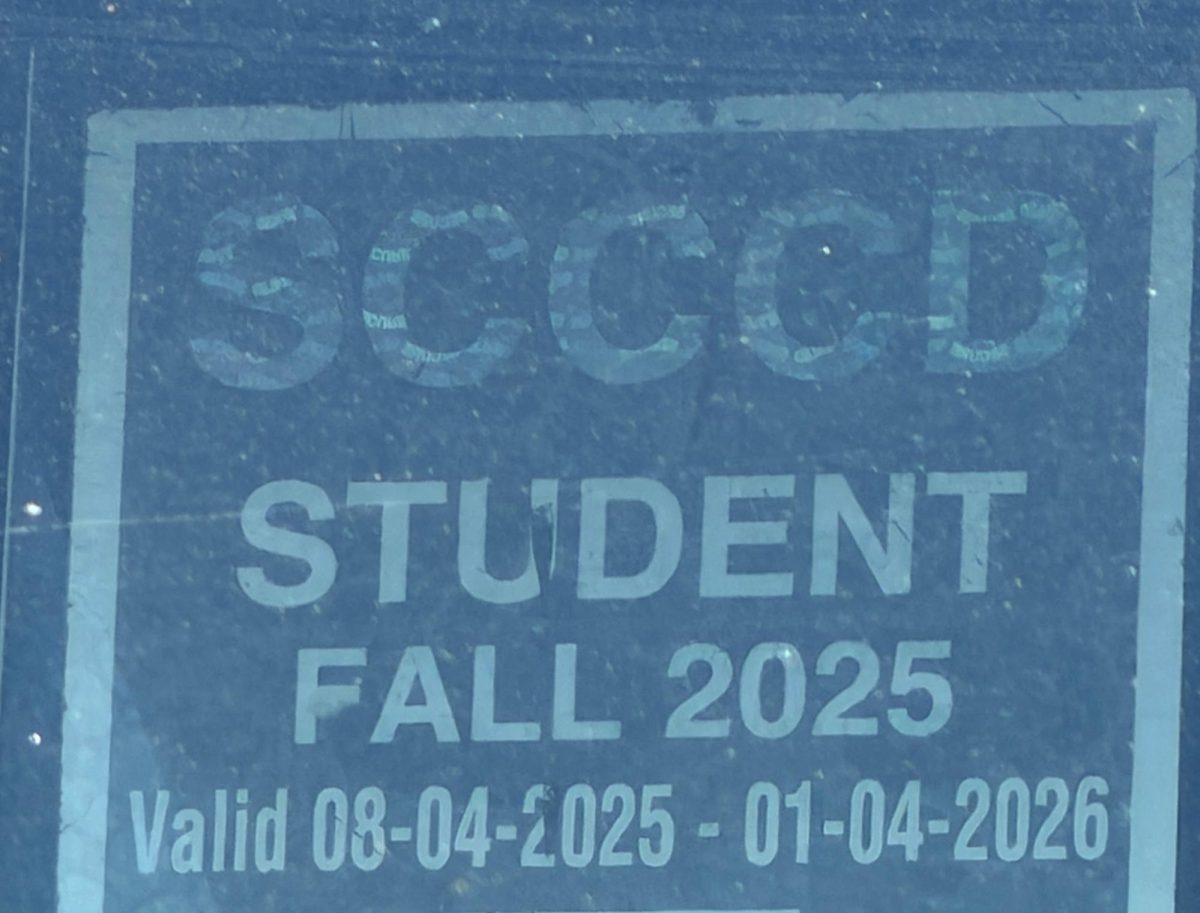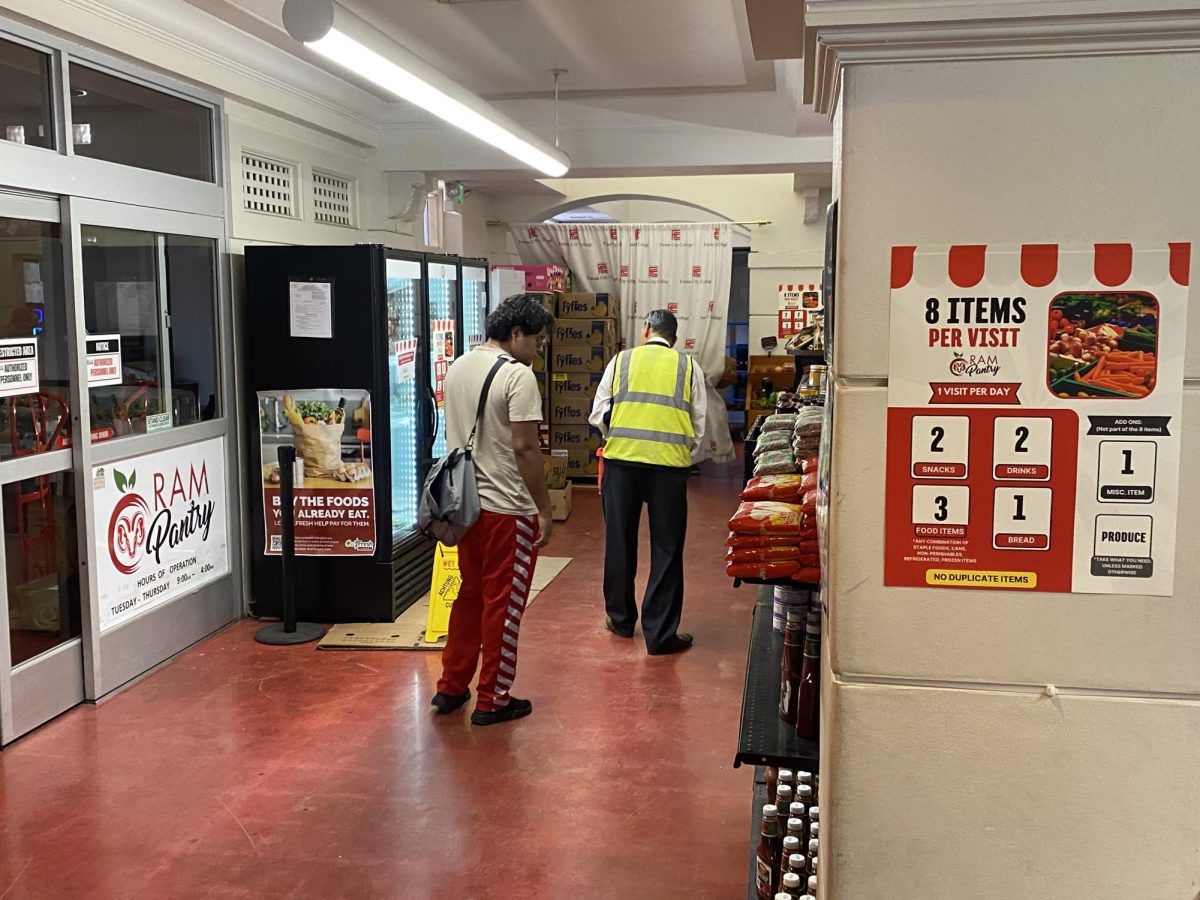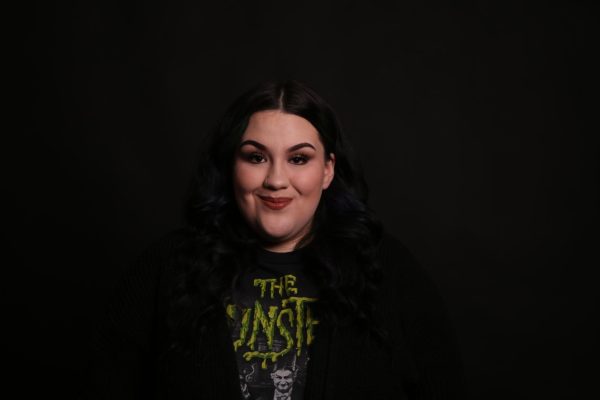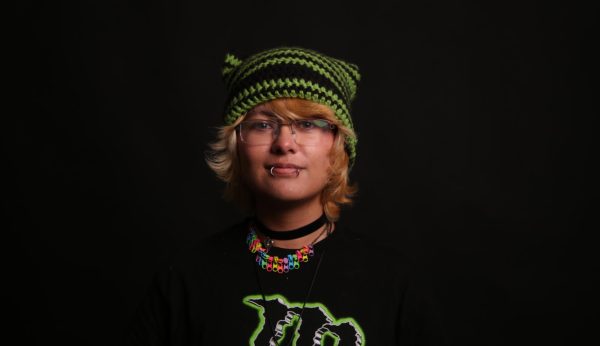As someone who was born in the year 2000, I always had technology at my fingertips.
I still remember the day I was given an iPod Touch from my grandmother in 2009 and thinking how amazing it was that I had portable access to YouTube videos and music in my pocket.
However, looking back on it now, I’m starting to think that maybe it wasn’t good that I was given one at such a young age.
Prior to having an iPod Touch, I had a normal childhood. I spent time outdoors with my brothers, using our imagination to create exciting adventures.
We played make-believe games, from pretending to be mermaids in the pool to creating magical potions from grass and mud.
Once I received the iPod Touch, my childhood experience changed drastically. I found myself spending more time on my iPod playing games rather than engaging in outdoor play.
The vibrant worlds that I once created with my brothers faded away as I became more reliant on my iPod for entertainment. My imaginative adventures were replaced by virtual ones, leaving me to wonder if I traded creativity for convenience.
As the years went on, my relationship with technology was steady. I was fortunate enough to always have an iPhone in my pocket and although it might have changed my childhood, I was lucky enough that my technology usage never interfered with my grades and I was able to graduate high school.
However my relationship with technology reached new heights during the COVID-19 pandemic, as screen time became not just a pastime but a lifeline for connection and engagement.
According to research, I am not the only one whose screen time went up. In a study done by digitalresponsibility.com, adults in the U.S averaged at 13.5 hours for screen time during the COVID-19 pandemic. The studies also show a correlation between increased screen time and addictive behaviors such as smoking and drinking alcohol.
As I reflect on my increased screen time during the pandemic, I realize that was the time when my relationship with technology took a turn for the worse as my addiction to Googling symptoms started.
With all time on my hands, I had nothing better to do than Google every symptom that came my way.
This led to a cycle of anxiety and self-diagnosis further fueling my dependence on technology. It was a vicious cycle that was difficult to break free from.
Coming on about 5 years later I can confidently say that although it was a long and challenging journey, I no longer have that unhealthy relationship with technology.
Even though it was difficult for me as a grown adult, I can imagine it would be more difficult for a child.
More and more each day, I see children glued to screens. Just the other day at a restaurant I witnessed a baby sitting in a highchair playing on an iPad while their parents sat in the booth next to them on their phones. It felt dystopian.
Now I know not everything about technology is bad, it can be great sometimes. Because of technology I am able to do a lot of things, such as make friends with people all around the world and learn new skills.
It’s about finding a healthy balance where technology enhances life rather than controlling it.
As adults we should foster a healthy relationship with technology by consciously limiting screen time. We should live in the moment and reduce our resilience to online distractions.


